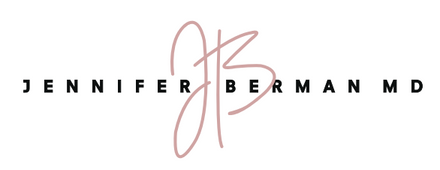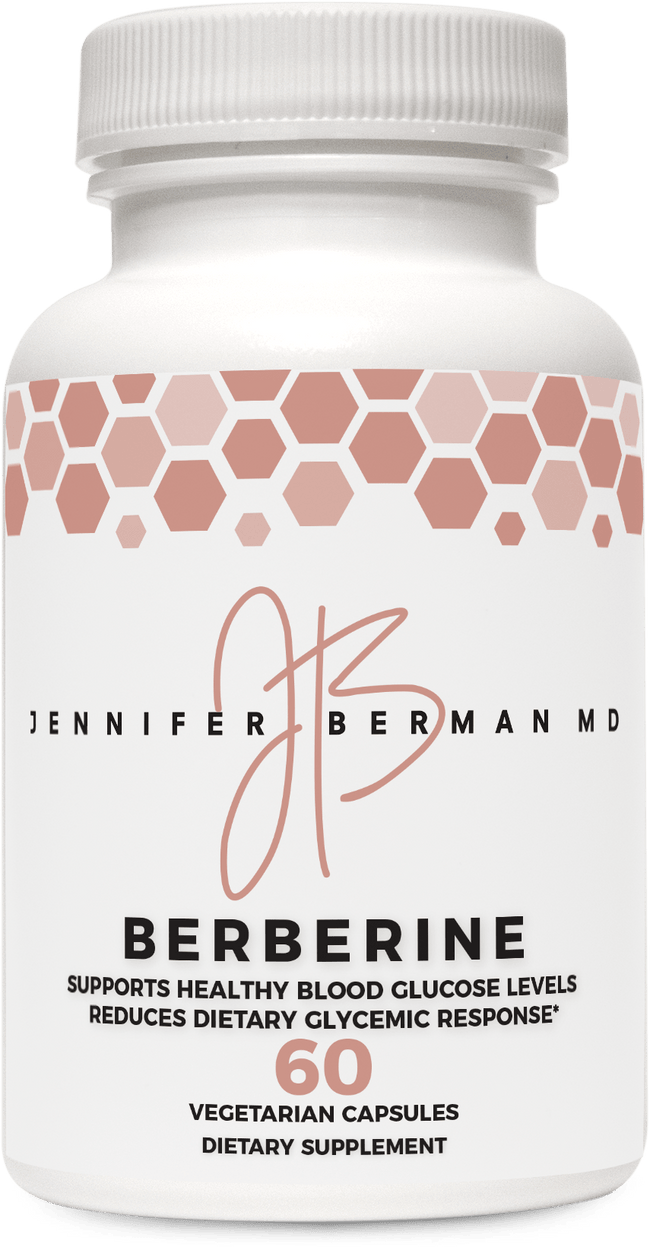Berberine+ 60c
$80.00
You Save: (%)
This product was viewed 8 times within last hour
Hurry Up! Left in stock
Order in the next to get it by Tue, Dec 30, 2025
Availability: In stock
24/7 Support
Use promocode SexDoc to get 15% discount!
Fast Shipping
This product is naturally compounded. It may have potential benefits such as lowering cholesterol, improving blood sugar control, and reducing inflammation. As an expert in the field, we have harnessed the power of this ingredient to create a high-quality product that may help support your overall health. It may help reduce inflammation as well. Must be an adult to order this.


























